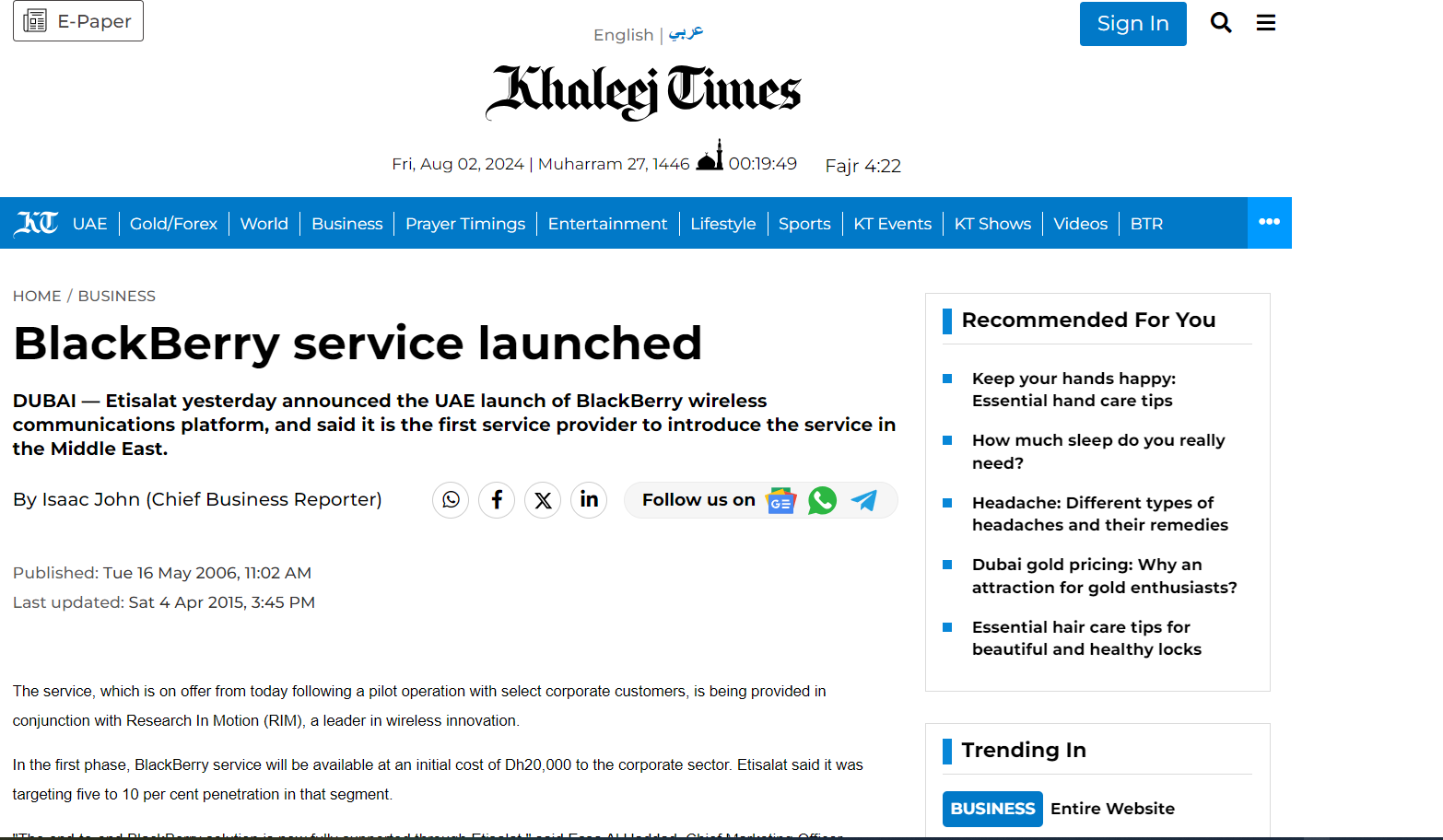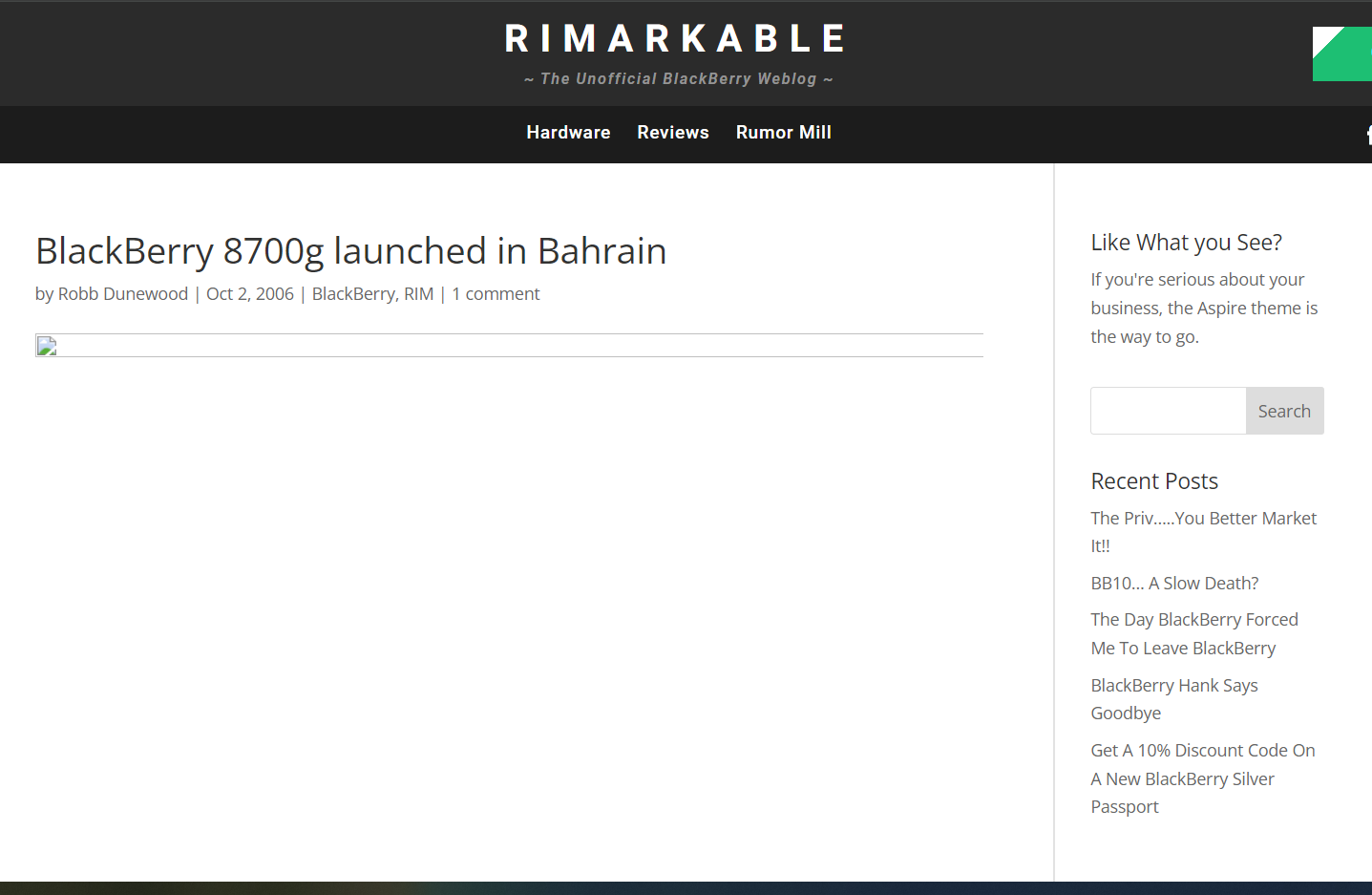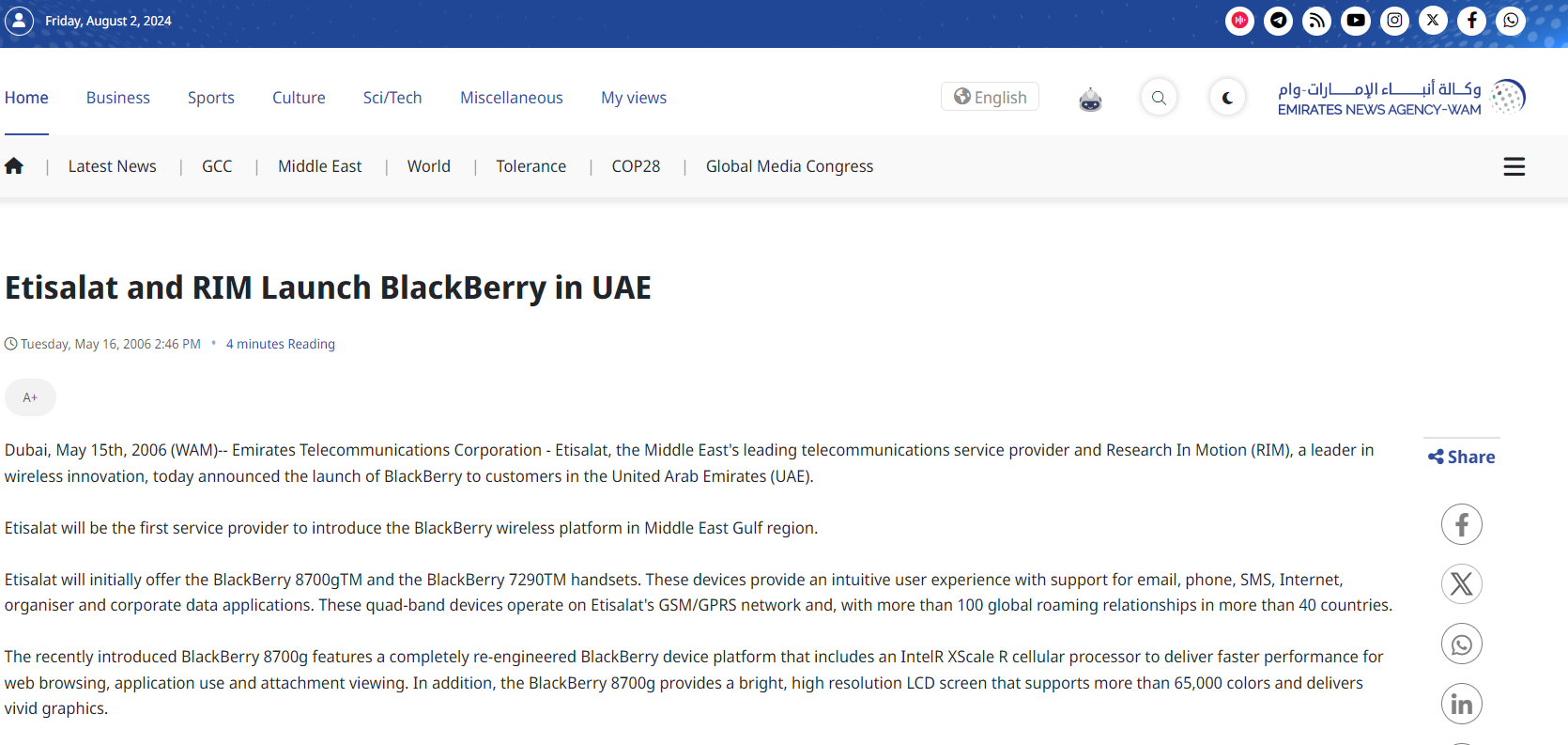Digital assets don’t exist in a vacuum—they sit at the crossroads of regulation and reputation. From securities laws to consumer‑protection statutes, compliance frameworks shape how tokens can be issued, traded, and marketed.
Yet legal clarity alone isn’t enough. Reputation—on‑chain and off—determines whether users trust a project. Transparent governance, auditability, and responsible tokenomics build social capital that can’t be coded but can be measured.
Consider these overlapping layers:
- Regulatory Compliance – KYC/AML, securities exemptions, and jurisdictional licensing.
- Reputation Scores – Wallet histories, DAO voting records, and verifiable credentials.
- Economic Incentives – Staking, slashing, and reward structures that align long‑term behavior.
Projects that integrate these dimensions create defensible moats: they can access mainstream capital while retaining the permissionless ethos of Web3. Future posts will explore frameworks for mapping regulatory obligations to smart
Regulatory Frameworks Across Jurisdictions
The legal status of digital assets varies widely. In the United States, the SEC applies the Howey Test, the CFTC views many tokens as commodities, and FinCEN enforces AML rules on exchanges. The European Union’s Markets in Crypto‑Assets (MiCA) regulation introduces passportable licenses and reserve requirements for stablecoins. Singapore’s MAS focuses on anti‑money‑laundering compliance, while Japan’s FSA mandates custodial segregation of customer funds. Projects operating globally must design token sales, staking programs, and treasury management to satisfy the strictest applicable standard—often called the “highest common denominator” approach.
On‑Chain Reputation Systems
Web3 replaces usernames and passwords with wallet addresses, but pseudonymity can enable bad actors. Reputation layers such as ENS profiles, POAP badges, and verifiable credentials (VCs) add context. Protocols like BrightID and Proof of Humanity tackle Sybil resistance, while Gitcoin Passport aggregates attestations (Twitter handle, Google account, phone number) into a score used to gate airdrops or quadratic funding rounds. By tying privileges—voting weight, borrowing limits, or access tiers—to reputation metrics, projects incentivize positive behavior without sacrificing privacy.
Tokenomics and Behavioral Economics
Regulatory compliance and reputation design feed into tokenomics. For example, a lending protocol might reduce collateral requirements for wallets with high reputation scores, effectively pricing trust into financial contracts. Conversely, slashing mechanisms penalize malicious validators by burning stake, aligning economic incentives with network security. Behavioral nudges—bonus yields for long‑term staking or reputation boosts for bug reports—can steer communities toward desired outcomes.
Case Studies: Aave & Gitcoin Passport
Aave integrates reputation via its Safety Module, where stakers backstop insolvency risk and earn rewards proportional to their contribution. The protocol’s governance token (AAVE) is required to submit improvement proposals, ensuring that only economically invested parties influence critical parameters.
Gitcoin Passport combats Sybil attacks in quadratic funding. Users collect verifiable credentials that score their uniqueness. Higher scores unlock greater matching funds, directing grants to genuine contributors rather than bot farms. The system demonstrates how decentralized identity can safeguard public‑goods funding without centralized KYC.
Building Compliance into Smart Contracts
RegTech startups like Chainalysis and TRM Labs offer on‑chain analytics APIs that flag sanctioned addresses in real time. Smart contracts can integrate these APIs to block illicit transactions at the point of execution. Similarly, token transfer restrictions—such as ERC‑1404’s “transfer hooks”—enforce whitelist and blacklist rules on‑chain, reducing reliance on intermediaries. Automated compliance lowers operational costs and increases auditability, making it easier for institutions to enter DeFi markets.
Measuring Trust: Metrics and KPIs
- Compliance Score – Percentage of transactions routed through KYC‑verified wallets.
- Reputation Velocity – Rate at which users earn or lose reputation points over time.
- Slashing Events – Frequency and magnitude of penalties imposed on validators or users.
- Proposal Participation – Voter turnout as a share of circulating governance tokens.
- Audit Coverage – Proportion of codebase reviewed by independent security firms.
Tracking these metrics in public dashboards fosters transparency and attracts risk‑averse capital.
Conclusion
Regulation, reputation, and digital value form a three‑legged stool: remove one and the system topples. By embedding compliance logic, reputation scoring, and incentive alignment directly into smart contracts, Web3 projects can achieve both decentralization and mainstream trust. The next wave of innovation will focus on interoperability between identity standards, cross‑chain compliance layers, and privacy‑preserving attestations—building a foundation where digital value can flow freely without sacrificing accountability.‑contract logic and for quantifying reputation as a financial primitive.













